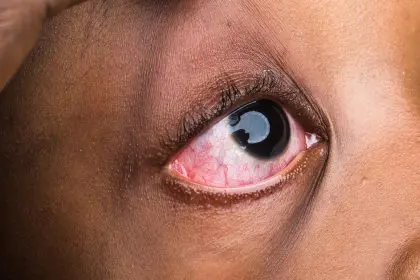Felicia D Henderson delivers an epic, never-before-told story in “The Rebel Girls” that revolves around Black teen girls who were held captive like animals for participating in the Civil Rights Movement in 1963.
The short story is based on the real-life accounts of pubescent-age warriors in southern Georgia who were arrested for marching for their humanity and held in an unsanitary stockade for 60 days. The families of these girls had no idea where their kidnapped daughters had been taken to — or if they were even alive. Henderson served as the director, producer and writer for this film that has garnered film festival awards and rave reviews around the country.
Henderson said it was paramount that what these girls went through be shared with the world so that their stories of valor and ingenuity live in perpetuity.
“I’ve always been invested in empowering young [B]lack and brown girls,” Henderson said. “How do I, from a historical perspective, teach girls that you come from power, you come from resilience, [that] you come from brilliance?”
Henderson, who is known for her work on hit series like “The Fresh Prince of Bel-Air,” “Family Matters,” “Moesha,” “Soul Food” and “The Punisher,” said a close friend sent her this little-known fact about young girls who were rounded up like cattle in 1963, shortly before President Kennedy’s assassination. “They were thrown into a stockade that was more than a hundred years old [it was first built to contain Union soldiers captured during the Civil War in the 1860s].”
Henderson was instantly spellbound by what she read. It was serendipitous — or perhaps fate — that Henderson was set to shoot a show in Atlanta. Henderson’s visceral reaction to this poignant and inspiring story was so intense, she felt compelled to make the three-hour drive south to Americus, Ga., to see about finding the remaining survivors of this tragic violation of human dignity.
Henderson, who also teaches at Northwestern University, was able to marry her love of history, storytelling and teaching to inspire young Black girls today.
“For my nieces today, for my goddaughters today, for the girls I mentor today, they need to see this so they can go, ‘wow, if they could do [that], I can do anything.’ So that was ‘why now’ of it for me,” Henderson said.
Through her director’s lens, Henderson showed that these girls were somehow able to project beyond their horrid and perilous circumstances and view themselves on the other side.
“And so that’s why I said then it’s about their brains. It’s about their big brains. It’s about telling how they survived. It’s about the magical stories they tell each other. It’s about the fact that they thought about, and focused on, what they were going to do when they got out, which means they always knew in their hearts and minds [they] were getting out of here.”













